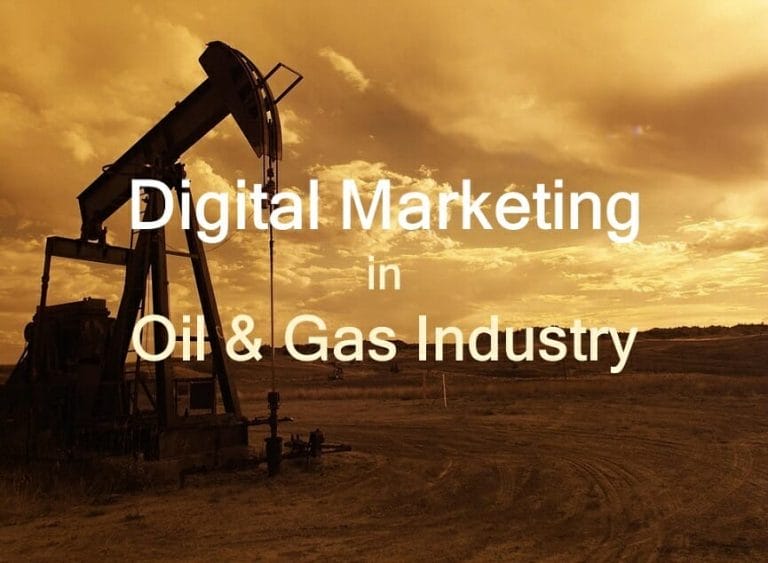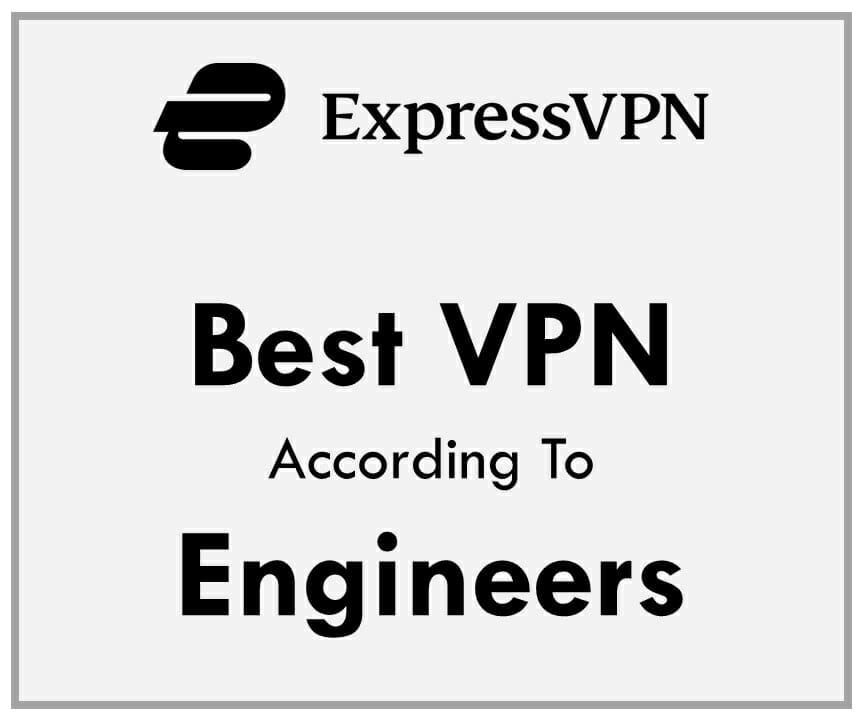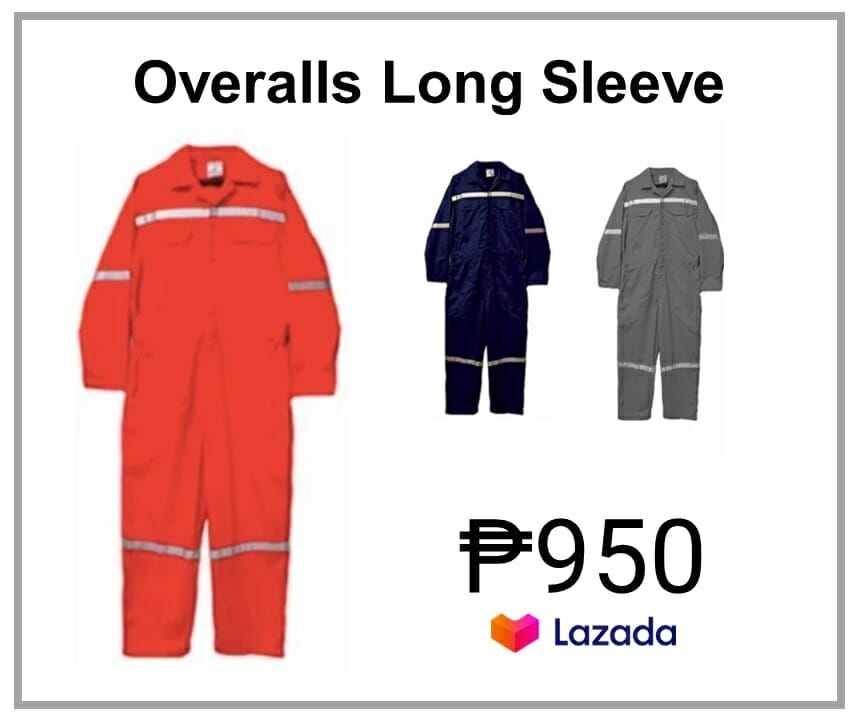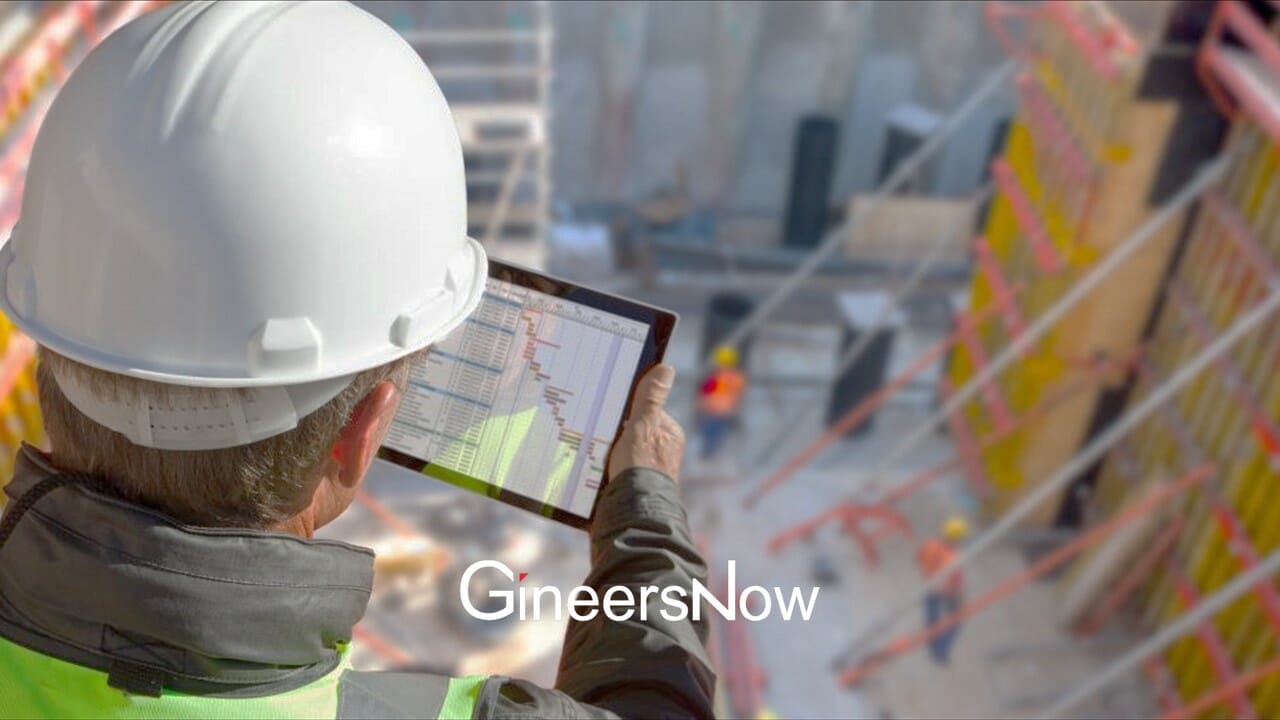Do you know how digital marketing works in Oil & Gas?
These four questions will enlighten every marketing professional within the oil and gas industry.
- Do you speak the language of oil & gas industry?
- When procurement specialist or engineers search the Internet for a solution, do you know which keywords they are using?
- If you have a marketing communications budget of $10, will you spend it on an exhibition, digital ads, social media or magazine?
- What are the next steps? How can you optimize your marketing communication efforts within the oil & gas industry?
Every year, the marketing department outlines its goals, objectives and specific plans on how to acquire new clients and how to retain their existing clients in the most cost-effective way.
In this article, I will share my views, my learnings in the industry and inputs from my Harvard classmates.
Digital, the New Language of Oil & Gas Marketing
Are we on the first page of Google search? Have we made it on top? If not, are we getting there?
For most of us, marketing professionals, we ask these questions very often. Few of us really know the answer. The tendency of every marketing professional out there is to hire a digital agency who doesn’t know the industry dynamics of the energy sector. So, before you do the same, perhaps you can look into hiring a marketing professional who can guide the marketing department (let’s say, hire me?). As soon as you hire a marketing professional, then the Oil & Gas marketing team will learn and understand the dynamics of content, engagement and digital infrastructure. Once that is achieved, you can then start the agency-hiring process. During the selection process, ensure that they know the difference between downstream, upstream and midstream, offshore and onshore, refining, process, and petrochemicals. The agency should talk and understand the language of oil & gas. They should eat riggings for breakfast and drink crude at night.
Print is dead. That’s what the case studies are saying in any business school. Whether Kellogg, Stanford, Harvard or Oxford, they are unanimous in saying that Print is dying and that digital is the way forward. That is the inevitable truth. Marketing professionals who are working in energy, oil & gas or petrochemical companies should now embrace this , or they will be left out, along with the fax machines and cassette tapes.
So what is the next big thing in marketing communications for Oil & Gas?
Well, you are looking at it right now… You are probably using it 3x-20x per day. It’s in your bag. Yup, it’s digital marketing right inside your mobile devices.
What we’ve learned from Philip Kotler 10-20 years ago is still valid. The basic principles of marketing will always stay the same.

What really happened is that the implementation of the basic fundamentals has been disrupted because of the advancement of technology. For example, the “segmenting-targeting-positioning” that you learned in college is no longer a valid case for some industries, like solar power consumer panels, oil pipe suppliers, processed oil manufacturers and small-size power generators. Take a look at the case study of Hubspot by Harvard Business School Professor Jill Avery. The concept of segmenting the market, defining your target and positioning your offering is no longer valid. By using technology, oil & gas companies can do it backwards. From S-T-P to P-T-S, which means Position your offerings, Target the lucrative customers, then Segment which clients will go to the priority list. Hubspot’s Inbound marketing can be a successful tool for the energy, utilities or oil and gas industry.
This will lead me to the second question.
When procurement specialists, maintenance managers, or engineers search for a particular solution, do marketing professionals know which keywords they are using?
To understand the process of SEO, PPC, and adwords, you need to understand the industry, your competitors and your customers. You need to speak the same language.
So, how are you going to do that?
In this specific case study, I have listed the top 30 largest oil and gas companies in the world. What language, keywords and phrases do they use on their websites, blogs, socials and press releases. In my honest opinion, if you understand the language of the oil & gas industry, then you can create an SEO-friendly & compelling inbound marketing content.
Using Platts Top 250 Energy List of 2016, I have segmented the list into 5 categories:
- Integrated oil and gas companies
- Oil and gas exploration and production companies
- Oil and gas refining and marketing companies
- Oil and gas storage and transportation companies
- Oil and gas companies in Middle East
10 Integrated Oil and Gas Companies
Exxon Mobil Chemical’s Digital Marketing Density Keywords

Exxon Mobil Corp’s Digital Marketing Density Keywords

Gazprom’s Digital Marketing Density Keywords

Lukoil’s Digital Marketing Density Keywords

PetroChina’s Digital Marketing Density Keywords

Rosneft’s Digital Marketing Density Keywords

Sasol’s Digital Marketing Density Keywords

Shell’s Digital Marketing Density Keywords

Sinopec – China Petroleum’s Digital Marketing Density Keywords

Surgutneftegas’s Digital Marketing Density Keywords

Total’s Digital Marketing Density Keywords

5 Oil and Gas Exploration and Production Companies
Antero Resources’ Digital Marketing Density Keywords

CNOOC’s Digital Marketing Density Keywords

Novatek’s Digital Marketing Density Keywords

Oil & Natural Gas Corporation’s Digital Marketing Density Keywords

Tatneft’s Digital Marketing Density Keywords

5 Oil and Gas Refining and Marketing Companies
Indian Oil Corporation’s Digital Marketing Density Keywords

Marathon Petroleum’s Digital Marketing Density Keywords

Phillips 66’s Digital Marketing Density Keywords

Reliance’s Digital Marketing Density Keywords

Valero’s Digital Marketing Density Keywords

5 Oil and Gas Storage and Transportation Companies
Energy Transfer’s Digital Marketing Density Keywords

Enterprise Products Partners’s Digital Marketing Density Keywords

Oil Transporting Transneft’s Digital Marketing Density Keywords

Plains All American’s Digital Marketing Density Keywords

Ultrapar’s Digital Marketing Density Keywords

5 Oil and Gas Producers in Middle East
Abu Dhabi Company for Onshore Petroleum Operations – ADCO’s Digital Marketing Density Keywords

Abu Dhabi National Oil Company – ADNOC’s Digital Marketing Density Keywords

Crescent Petroleum’s Digital Marketing Density Keywords

Dubai Petroleum’s Digital Marketing Density Keywords

Kuwait Petroleum’s Digital Marketing Density Keywords

Qatar Gas’s Digital Marketing Density Keywords

Saudi Aramco’s Digital Marketing Density Keywords

If I am targeting oil & gas companies, how much do I need to spend for each promotional mix?
An exhibition will surely cost you a fortune – considering the space, exhibition stand, manpower, collateral and gift items. Depending on your budget and goals, you can allocate 30% – 40% of your marketing budget to events. Exhibitions, conferences, trade shows and other events are still relevant, especially in renewables, utilities, oil & gas and construction industries. However, they are costly and prices vary between $500 – $1500 USD per sq. ft. If you want to meet your existing clients face-to-face, or acquire new leads, or perhaps educate engineers about your oil & gas solutions, then this is a viable marcom plan. But if you are tight on budget and still want a face-to-face engagement with an oil & gas audience, then you can opt for webinars. You can invite petroleum engineers, HSE professionals or maintenance managers and create a 30-minite presentation, plus 30 minutes of Q&A. Webinar in the oil & gas industry is a great tool to showcase your products, educate the audience, or explain your solutions to a niche audience at the comfort of their offices and homes. The difference between the cost of a webinar and a trade show / exhibition is huge. Again, depending on your goals and budget, you may use one of them or both.

Another 30% – 40% of the marketing budget can (or should) be allocated in transforming your marketing efforts into digital. The marketing migration plan to digital platform should be thoroughly thought of, and should give premium to security, effectivity and cost-efficiency. If you’re still keeping those clients lists on excel, or maybe using those old CRM platforms that don’t work because the fields are ineffective and they are cumbersome to populate, then it is time to switch to cloud-based CRM. I personally like Salesforce and integrate it with Marketo. They are very powerful, efficient and marketing-friendly tools that will allow you to acquire new clients, monitor reports, analyze data and engage with clients via newsletters, emails and social media. (I am not paid by Salesforce or Marketo, I just like their technology. They fit the oil & gas industry).
While you are working on your marketing cloud infrastructure, you can still move forward and invest on content, social media, blogs, website media section and online press releases. You need these marcom tools to amplify your key messaging and be seen online.
Why use these online tools? Well, you might have the best product, let’s say an “offshore pump equipment”, but your marketing team cannot properly communicate to the oil and gas engineers. How would you think will they find those pumps? Therefore, you need online marketing tools to send those key messages to the operations, maintenance, procurement and oil & gas professionals.
The Right SEO for Oil & Gas
When creating a post, blog entry or article, your content should match the search keywords being used by your clients. The oil & gas industry has the most complicated list of products and equipment, so be sure that you know specifically the keywords. The basic foundation of any SEO is to understand how your potential customers search a product on Google. Understand first your target market, then use a marketing SEO tool. Let’s say you are an aerial access rental company and targeting an oil & gas camp site, you may want to include keywords, such as “boom lift rental in Dubai for oil & gas engineers”. You have the product + location + the industry target.
Furthermore, investigate the keywords being used by your competitors in the energy industry and use a marketing diagnostic tool that will populate the word density, then compare, and find out what are the most used keywords from their website pages using tools like SEMrush… wait a minute, this is too detailed and technical… Just drill down on your competitors’ keywords, then analyze the most commonly used keyword. Your oil & gas products or solutions should match what your audience will use when searching Google.
After identifying the most used keywords, you can now create compelling stories using the language of your oil & gas clients.
Invest on marketing assets like images and videos. Stories with visuals are the most powerful way to educate your clients and be seen online. Did you know that millennial engineers and procurement specialists like to watch videos and understand the product specs before recommending a product to their managers? A camera will only cost you $100 – $500 USD, and your phones are also capable of taking high resolution images/videos. Take a photo/video of your operations, products, transportation and activities. Two photos per day is an ideal number of snaps. Next thing you know you have 500+ pics, ready to be posted on social media & blogs.
You should allocate around 20% – 30% of your budget on your external digital communications. Linkedin is best avenue for brand building and lead generation. There’s a gamut of oil & gas engineers, managers and leaders who are frequently browsing on their news feed. Twitter is the best medium for spreading your latest news while Facebook is your best medium to engage with your stakeholders and employees.
I would only dedicate a small portion of the budget on print magazines. I mean, seriously, when was the last time you opened those print magazines in your office reception area? Since most of the oil and gas companies are located in fast emerging and developed countries, I presume they have a Wi-Fi connection and reading updates from their mobile gadgets.
Next Steps
So, what are the next steps?
You might want to review your marketing plans, research on what marketing tools you may use to achieve your goals.
Perhaps give me a call +971 56 2638181 and let’s talk cost-effective real marketing in the oil & gas industry. I am available right now and looking for my next big challenge.
About the author:
Robert studied Strategic Marketing Management at Harvard Business School and is currently looking for his next big challenge. He has 10+ years marketing experience in the engineering, energy, technology and construction industry in Middle East, Africa and APAC region. If you want to hire a marketing champion, he’s the Man. To view his one page curriculum vitae, click here.






















